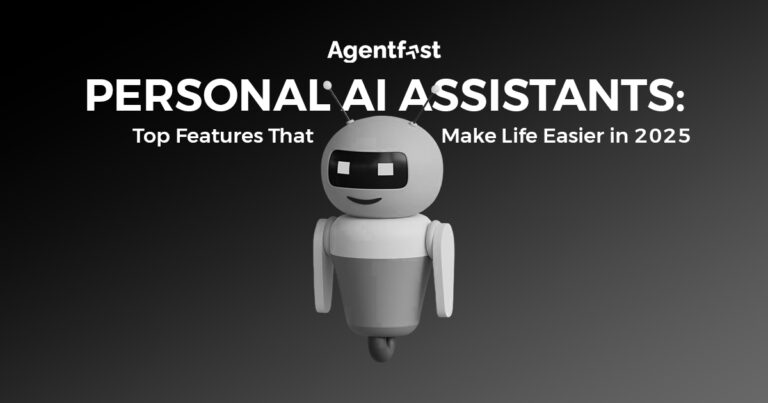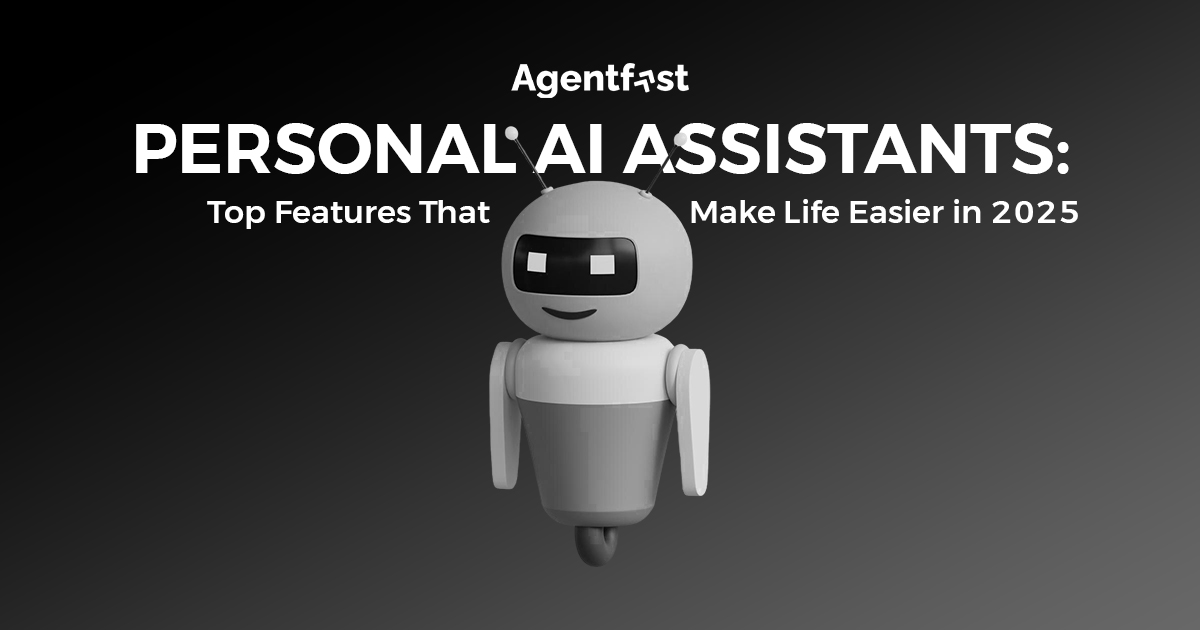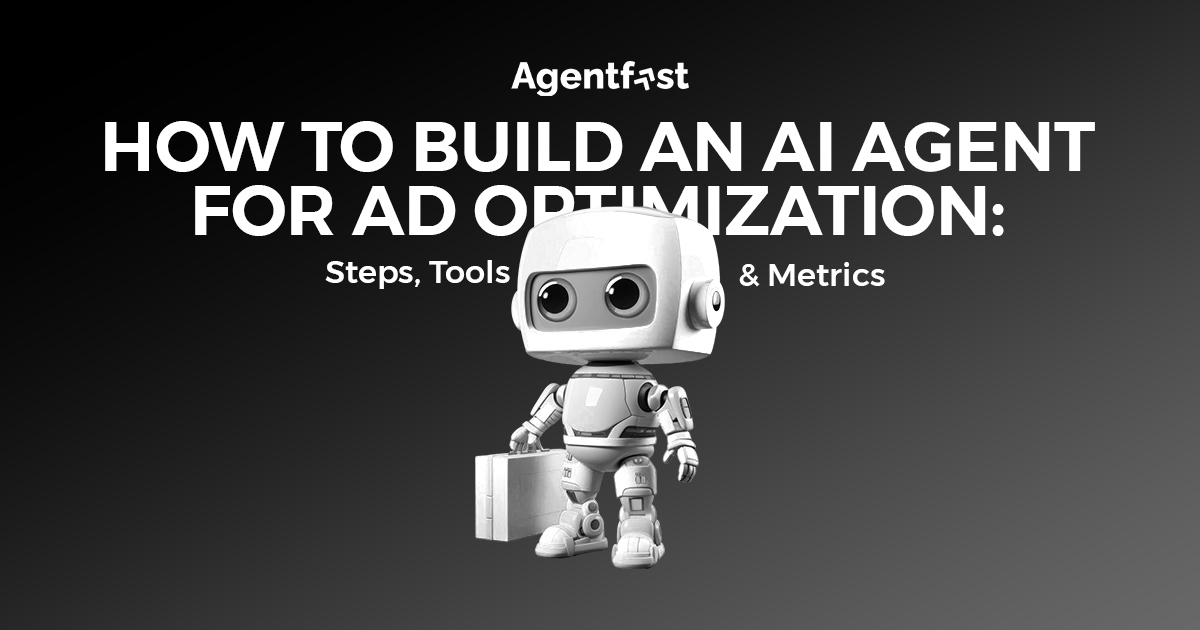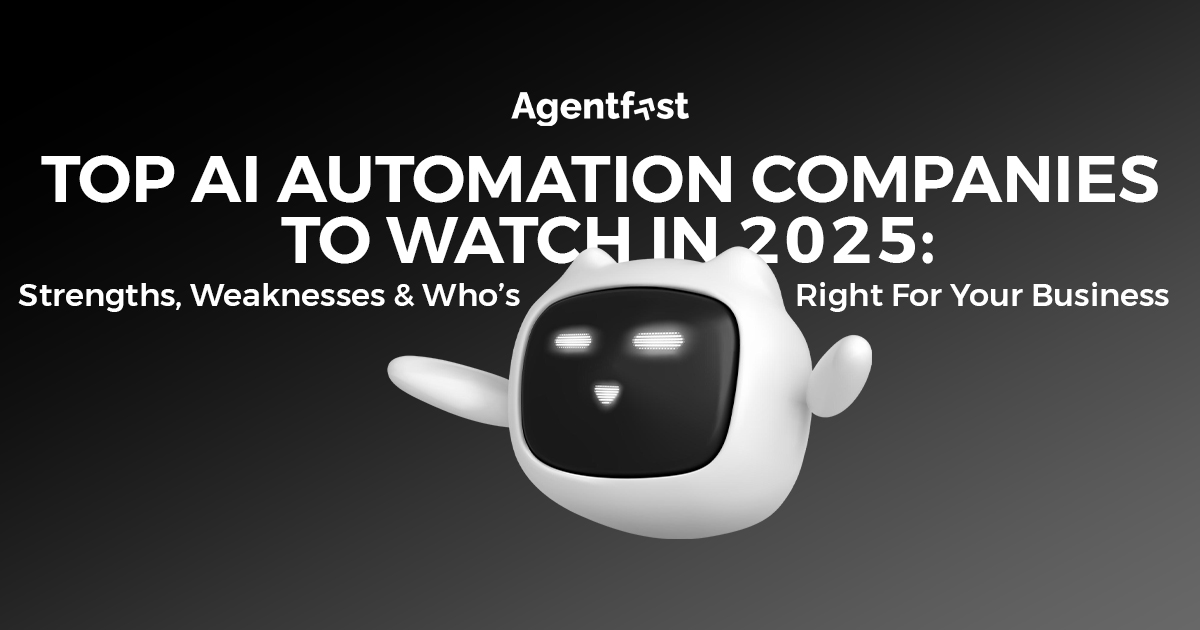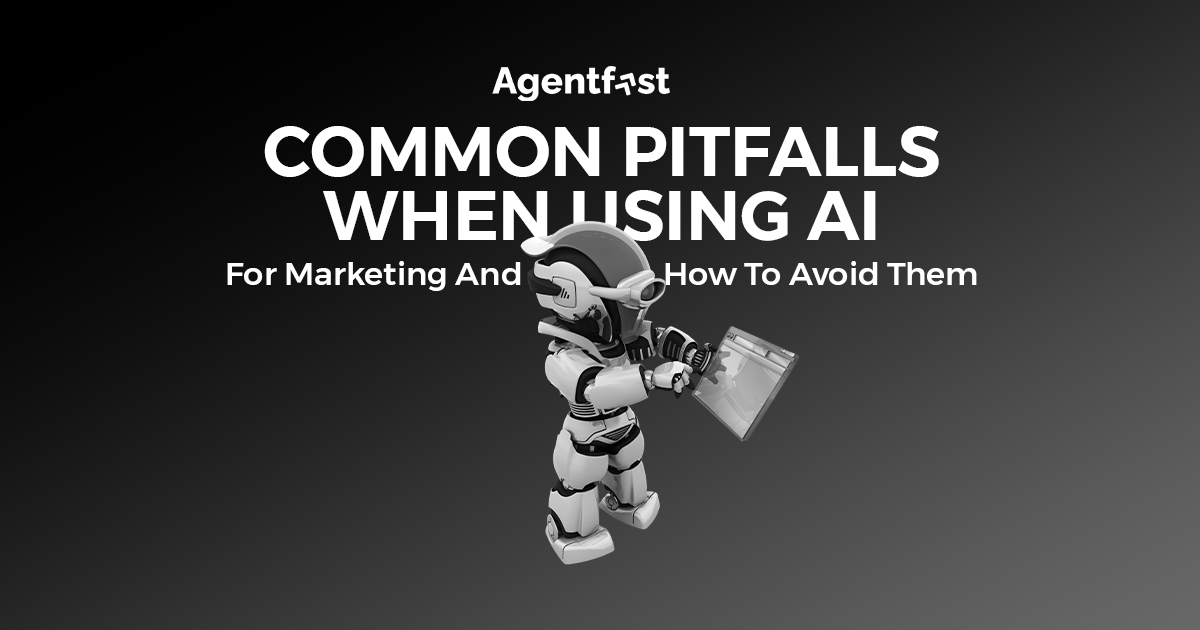You open a business website. A chat window pops up, friendly, efficient, and quick. Within seconds, your question is answered. You feel heard, but not sure if a person typed that. Chances are, it was a virtual assistant chatbot.
These digital helpers now run entire customer journeys, from greetings to payments. Some are simple chatbots that follow commands. Others, powered by conversational AI, sound almost human. But businesses often wonder: which one actually fits their needs?
Let’s sort it out clearly, no fluff, just real differences, uses, and what matters for your business today.
How A Virtual Assistant Chatbot Actually Works
A virtual assistant chatbot acts like a 24×7 employee that never gets tired. It uses virtual assistant software built on natural language models. The chatbot reads user messages, identifies what they want, and sends a response.
Behind that single message lies a network of algorithms. They break each sentence into smaller parts and map them to intent. If you type, “Track my order,” the bot connects to your database and shares an update.
A regular chatbot works on fixed replies. If someone says something unexpected, it may struggle. An AI virtual assistant, however, learns patterns over time. It remembers previous chats and adjusts its tone.
Example
Say you ask about a refund. A simple chatbot may reply with a policy link. An AI virtual assistant might check the purchase, process the refund, and even say, “Sorry for the delay.” That small difference builds trust.
Main Differences Between Chatbots And Virtual Assistants
Both tools look similar, but they serve different levels of interaction. Chatbots are like basic helpers. AI assistants behave more like thoughtful coworkers.
| Feature | Chatbots | AI Virtual Assistants |
| Type of Replies | Fixed and rule-based | Adaptive and context-aware |
| Scope of Work | Basic FAQs, tracking, forms | Complex tasks, decision-making |
| Learning | None | Continuous through data |
| Tools | Website chat, apps | Full virtual assistant software integration |
| Personality | Limited tone | Natural, human-like tone |
| Example | Food delivery bot | Smart customer support bot |
Chatbots are faster to set up, but they stay limited. The AI virtual assistant grows smarter every week, finding better answers as it interacts more.
Why Businesses Choose AI Virtual Assistants
Most teams start with a chatbot and then upgrade. Once customer questions get tricky, simple bots fall short. That’s when an AI virtual assistant becomes useful.
It doesn’t just respond. It understands. It connects to CRMs, analytics tools, and even internal dashboards. That means less switching between systems.
Here’s why more companies now prefer AI assistants:
1. They Reduce Support Fatigue
Employees no longer answer the same ten questions daily. The assistant handles them, leaving humans to solve creative issues.
2. They Keep Brand Tone Consistent
Every message sounds like it came from the same trained person. That helps build long-term customer trust.
3. They Learn From Data
Through conversational AI, these assistants analyze user words, emotions, and intent. Over time, they refine how they reply.
4. They Work With Everything
From websites to mobile apps to WhatsApp, integration through virtual assistant software keeps everything connected smoothly.
When done well, it feels like talking to a smart colleague who never forgets a detail.
Common Uses For Virtual Assistant Chatbots
Both small businesses and large enterprises use these systems differently. The secret is knowing what to automate.
In Retail
Order tracking, delivery updates, and product questions.
In Real Estate
Lead follow-up, property suggestions, and appointment scheduling.
In Healthcare
Appointment booking, symptom checks, and report sharing.
In Finance
Balance checks, card management, and fraud alerts.
In every sector, the personal AI assistant helps reduce waiting time and human errors. It creates smoother workflows without replacing the human touch.
When To Pick Chatbots And When To Pick AI Assistants
Many business owners ask this question during setup. The answer lies in your daily workflow and volume.
Choose Chatbots When
- Queries are repetitive and simple.
- Budget is limited.
- Speed of setup is more important than depth.
Choose AI Virtual Assistants When
- Conversations need context and reasoning.
- You want full conversational AI support.
- Teams handle multiple tools and need one system to manage all.
A startup may begin with a basic chatbot. As traffic grows, upgrading to a virtual assistant saves time and reduces confusion.
The Impact Of Conversational AI
Good conversation feels natural, a pause, a small “sure,” a polite close. That rhythm builds comfort. Conversational AI replicates this flow.
Instead of robotic answers, an AI virtual assistant replies in full sentences that sound human. It notices emotional words like “angry” or “confused” and softens its tone.
This understanding isn’t cosmetic. It affects conversion rates. Customers are more likely to finish purchases or leave positive feedback when interaction feels genuine.
So conversational AI isn’t just about talking smart. It’s about listening well.
Internal Uses Of Personal AI Assistants
The public side is customer chats. The private side is where personal AI assistants quietly save time. Inside offices, they schedule meetings, summarize discussions, and even send reminders before deadlines.
Imagine typing, “Summarize yesterday’s sales meeting.” The assistant replies with a short, clean note. It’s faster than scrolling through an hour-long recording.
For remote teams, these assistants act as connectors. Everyone gets updates instantly, even across time zones. Over months, this rhythm reduces confusion and keeps communication sharp.
These features sit inside virtual assistant software, making them easy to access from phones, desktops, or chat apps.
Why Businesses Partner With AgentFast
At AgentFast, we work with teams that feel stretched. Too many emails. Too many repetitive tasks. Productivity leaks from the small stuff.
Our systems fix that. We design virtual assistant chatbots and AI virtual assistants that understand human conversation. They don’t just follow rules. They respond naturally, like experienced staff.
By connecting with your existing tools, our assistants automate repetitive actions, without changing your workflow. They just fit in, quietly lifting the workload.
AgentFast’s goal is simple: make work lighter, faster, and more human.
Final Thoughts: Is A Virtual Assistant Chatbot Right For You?
Think of your business routine. How many tasks could run on their own if someone else managed the small talk, emails, and reminders? That’s where automation fits in.
A virtual assistant chatbot gives your business that freedom. It replies fast, learns tone, and grows with your operations. The setup pays off within months through smoother communication and happier teams.
If your business wants to work smarter, not harder, start with AgentFast.
At AgentFast – we help teams eliminate bottlenecks, cut repetition, and boost output using smart agents that learn fast and talk like humans.
Frequently Asked Questions
What is the main purpose of a virtual assistant chatbot?
It helps businesses manage communication automatically by answering questions and completing small digital tasks.
Can conversational AI understand emotions?
Yes. It reads tone and words to adjust how the assistant responds, making replies sound more natural.
How does virtual assistant software connect with other tools?
Through APIs and integrations that sync data between CRM, email, and customer platforms.
Can a personal AI assistant work for internal teams only?
Absolutely. Many companies use them to handle scheduling, project updates, and data summaries.
Do chatbots replace human staff completely?
No. They handle repetitive jobs so staff can focus on tasks that need judgment or creativity.


